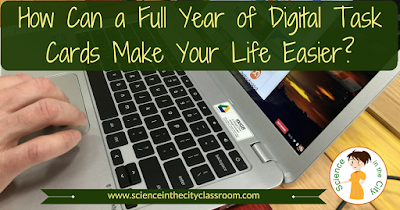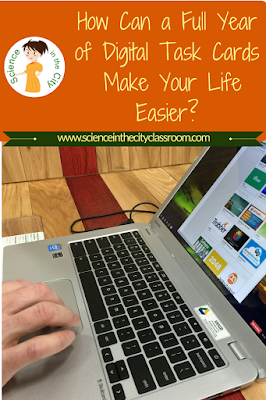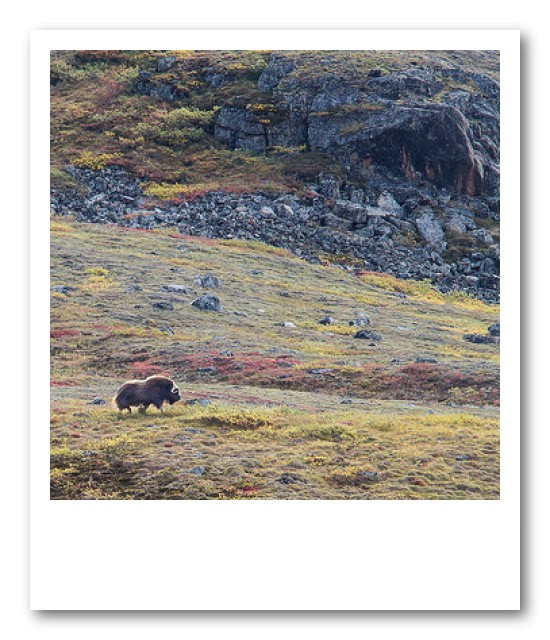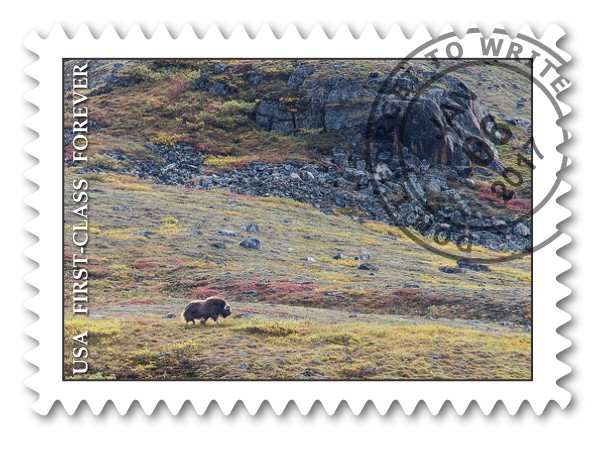My son was up sick last night. I'm exhausted. I feel like I might be coming down with something. and my other son has an art show tonight that I really need to attend -- that's after I make dinner and do homework.
I really want to assess where my students are with the topics we have been learning, but I just can't face the idea of coming up with questions, making up a quiz, game or other activity, and then bringing that stack of papers home to grade! I never want to feel like I'm cutting corners with my teaching. but sometimes I need a break. My principal is big on data driven instruction. I do see the value in it, but where am I supposed to get all this data? And how do I have time to analyze it?I need something ready to go, and effective. I have an idea what I want to do tomorrow, but the idea of making a warm up, a closure activity, collecting data and assessing so frequently is too much!
I believe in doing
warm ups and
tickets out (freebie) and I do them almost every day but I'll be the first to admit that making up questions, and grading them day after day can be tiring. Its an additional piece to your lesson planning on a regular basis. I understand! However,
a set of 180 science prompts, 8 general formative assessment prompts, and some blank templates could really take that pressure off! You have a bank of questions and ready made prompts to use.
You may have already seen me writing about ways to use
task cards in the classroom, my
Human Body Systems Task Cards, the
options you have with the full year formative assessment bundle, how to save time
grading with google forms and using
digital interactive notebooks in general. As you can tell, this is a topic that I feel strongly about. We are in a time period when digital resources really have the potential to make things easier on us, and to make us more effective teachers. Digital task cards can be used
so many ways that they really do provide and answer to this.
If you teach biology, this
full year bundle covers all that topics that you are likely to teach. The task cards are available in three format (Google Forms, Google slides, and PDF). That means you have options.
If you are looking for a warm up or closure, with data collection, and you have technology you can use the Google Form, and have the data immediately collected and tabulated for you. You can even get
graphs of how many students chose which answer if its multiple choice.
If you only have some technology (not 1:1), make it a station.
Maybe you have a short activity, or some notes, but you want to really see how well students understand, use just one task card for a ticket out.
If you are looking for a full-period activity you can use the digital or print versions of the task cards, choose the ones that relate to topics you have already taught, and set up stations. Since each task card has a couple of questions on one topic, it is easy to quickly pick a topic, or a few topics, and get a picture of how your students are doing.
Your students can fill out their answers quickly on one sheet of paper so you have less paper to cart home.
This is a tool that you can use all year long, on any topic. Think of it as a test bank, with ready to go questions and diagrams organized by topic and available as a printable or digital format. It makes it very simple to build in pre-assessments, closure activities and to collect data on a regular basis as you go through the unit.
The next time that you are dragging, and don't feel like making lesson plans, use it as a day to collect some data. Set up stations where students do task cards on recent topics, either digitally (less grading for you!) or on paper and see what they know. Or do a short activity with a ticket out. But know that you have a whole bank of questions to choose from.














